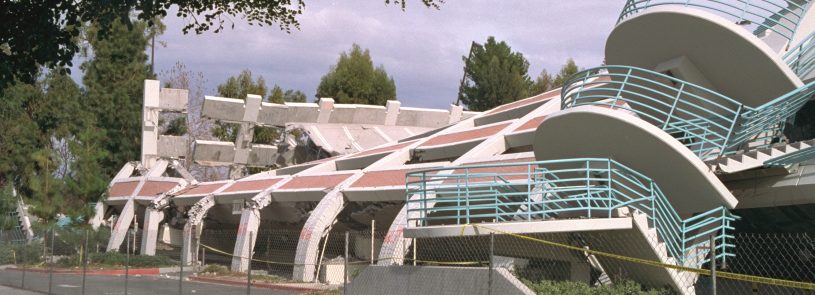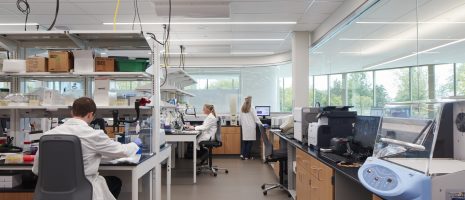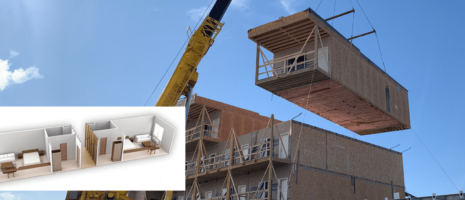Podcast: Northridge at 30: Seismic design advances benefit buildings across U.S.

This episode of The Future Built Smarter podcast provides a high-level look at seismic design and preparedness 30 years after the Northridge earthquake rocked Southern California in 1994. Joining the discussion is IMEG structural engineer and client executive Craig Chamberlain, president of the Structural Engineers Association of Southern California, which hosted the Northridge30 Symposium on the anniversary of the event in January. “The symposium brought policymakers, city government officials, building officials, and engineers together to help make sure we’re still moving ahead even 30 years after the earthquake, and that we don’t forget what happened on that devastating day,” he says.
The magnitude 6.7 earthquake shook the San Fernando Valley region of Los Angeles at 4:30 a.m. Jan. 17, 1994, resulting in at least 57 deaths and more than 8,700 injuries. It was California’s most destructive seismic event since the San Francisco earthquake of 1906 and the state’s costliest to date, by some estimates causing up to $50 billion in damage to buildings and infrastructure. It also ushered in new and advanced building codes and requirements, building retrofits, and new structural best practices for building types with specific vulnerabilities—all of which continue to evolve. “A lot has come to pass since that day, but there is more work to be done,” says Chamberlain.
The lessons learned from Northridge, the advances in design and technology, and the growing use of structural assessments, building resiliency strategies, and recovery measures have applications outside of seismic areas, since a variety of natural events can threaten buildings and infrastructure throughout the U.S. “It’s important that we’re prepared for that event when it comes, because it’s going to come, whether it’s a hurricane, tornado, flood, or earthquake,” says Chamberlain.
Listen to the podcast:












